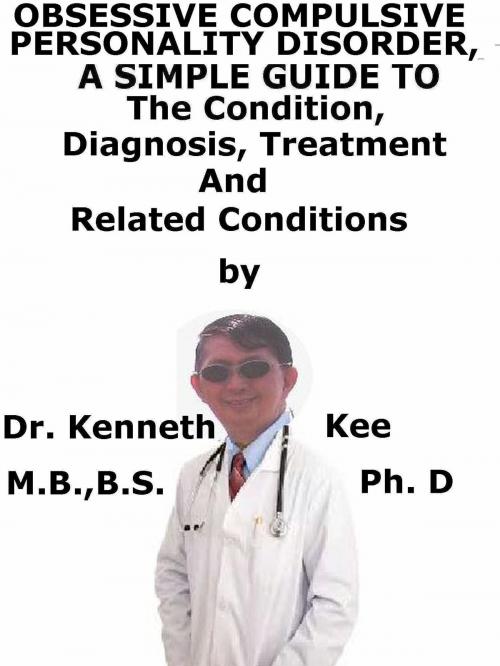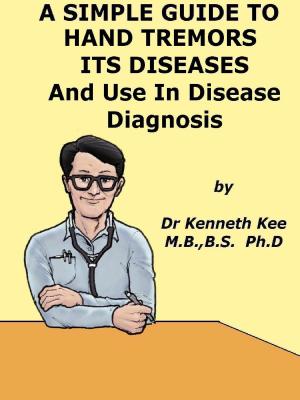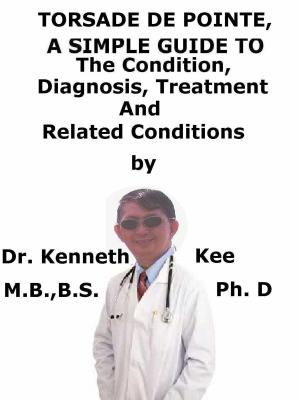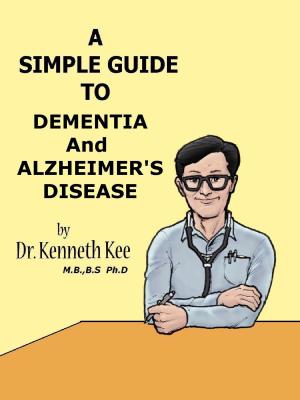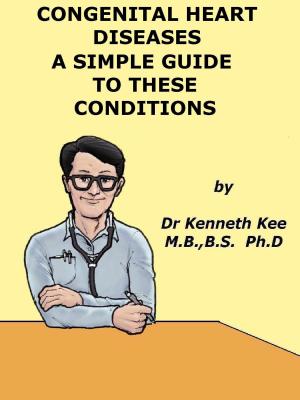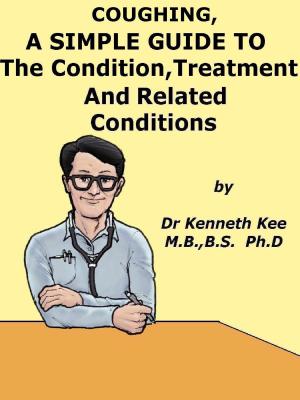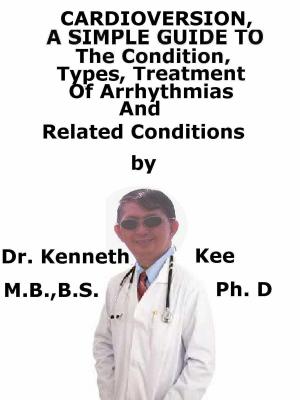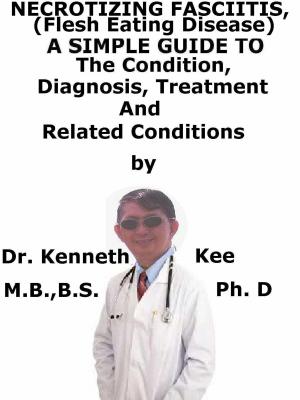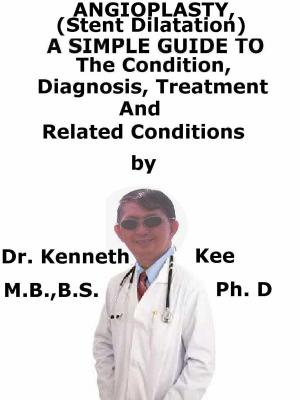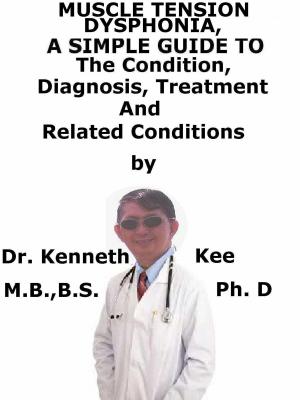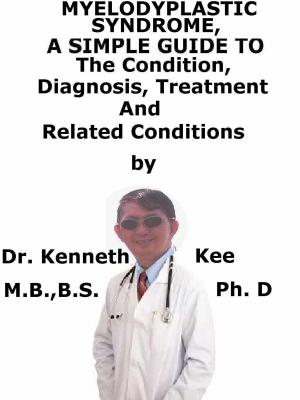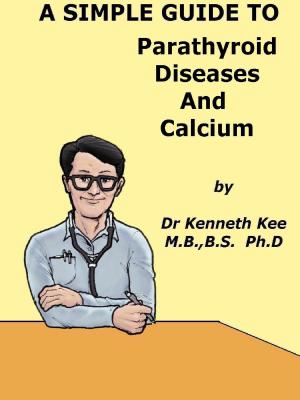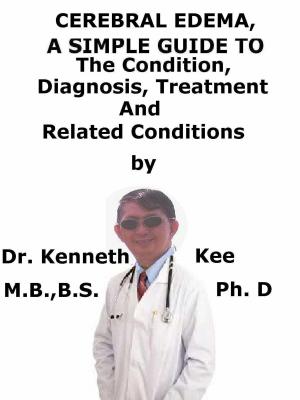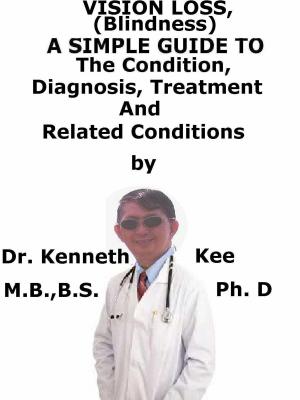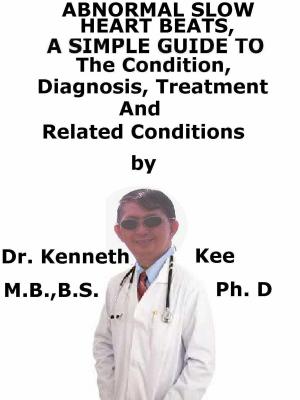Obsessive Compulsive Personality Disorder, A Simple Guide To The Condition, Diagnosis, Treatment And Related Conditions
Nonfiction, Health & Well Being, Psychology, Compulsive Behaviour, Personality| Author: | Kenneth Kee | ISBN: | 9780463903940 |
| Publisher: | Kenneth Kee | Publication: | October 15, 2018 |
| Imprint: | Smashwords Edition | Language: | English |
| Author: | Kenneth Kee |
| ISBN: | 9780463903940 |
| Publisher: | Kenneth Kee |
| Publication: | October 15, 2018 |
| Imprint: | Smashwords Edition |
| Language: | English |
This book describes Obsessive Compulsive Personality Disorder, Diagnosis and Treatment and Related Diseases
Obsessive-compulsive personality disorder (OCPD) is a personality disorder that is featured typically by extreme perfectionism, order, and neatness.
People with OCPD have these features:
1.Difficulty expressing their feelings.
2.Difficulty forming and maintaining close relationships with others.
3.Extremely hardworking but their obsession with perfection can make them ineffective.
4.Feeling righteous, indignant, and angry.
5.Facing social isolation.
6.Feeling anxiety that happens with depression.
OCPD is often believed to be related to an anxiety disorder called obsessive-compulsive disorder (OCD).
They are not similar.
People with OCPD do not have any idea of anything wrong with the way they think or behave.
They consider that their way of thinking and doing things is the only right way and that everyone else is wrong.
Patients with OCPD are likely to be inflexible and rigid.
They spend extreme attention to details and rules so much so that it can influence their ability to complete a task.
They become so extremely dedicated to their work and being productive, that they forget their friends and family.
Their preoccupation gives them little time for recreational or leisurely hobbies.
While OCD and OCPD share some linked features, they are two different disorders.
It is therefore possible for a person to have both disorders.
The primary difference between these two disorders is the presence of obsessions and compulsions, as with OCD; or the absence of them, as with OCPD.
OCD should not be considered the same as obsessive-compulsive personality disorder (OCPD).
Causes
The precise cause of OCPD is not known.
OCPD may be produced by a combination of genetics and childhood experiences.
OCPD is likely to occur in families so genes may be a cause.
A person's childhood and environment may also have parts to play.
Symptoms
OCPD has some dissimilar symptoms as obsessive-compulsive disorder (OCD).
People with OCD have unwanted beliefs while people with OCPD think that their beliefs are correct.
Also, OCD often starts in childhood while OCPD normally begins in the teen years or early 20s.
People with either OCPD or OCD are both high achievers and have a sense of urgency.
They may become very distressed if other people disrupt their rigid routines
People with OCPD have feelings like anxiety or frustration.
Other signs of OCPD are:
1.Over-devotion to work
2.Not being able to throw worthless things away
3.Lack of flexibility
4.Lack of generosity
5.Not wanting to allow other people to do things
6.Not eager to show affection
7.Preoccupation with details, rules, and lists
Diagnosis
OCPD is diagnosed based on a psychological evaluation and the criteria of DSM5 or ICD10
Treatment:
Talk therapy is believed to be the most effective treatment for OCPD.
In some patients, medicines combined with talk therapy are more effective than either treatment alone.
- Cognitive behavioral therapy (CBT)
Cognitive behavioral therapy (CBT) is a frequent type of mental health counseling.
The regular sessions require working with the counselor to discuss any anxiety, stress, or depression.
A mental health counselor may persuade the patient to put less stress on work and more emphasis on recreation, family, and other interpersonal relationships - Medicines
The doctor may consider giving a selective serotonin reuptake inhibitor (SSRI) to reduce some anxiety and stress in OCPD - Relaxation training
Relaxation training requires specific deep breathing and relaxation exercises that can reduce the sense of stress and urgency
TABLE OF CONTENT
Introduction
Chapter 1 Obsessive Compulsive Personality Disorder
Chapter 2 Causes
Chapter 3 Symptoms
Chapter 4 Diagnosis
Chapter 5 Treatment
Chapter 6 Prognosis
Chapter 7 Obsessive Compulsive Disorder
Chapter 8 Hypochondriasis
Epilogue
This book describes Obsessive Compulsive Personality Disorder, Diagnosis and Treatment and Related Diseases
Obsessive-compulsive personality disorder (OCPD) is a personality disorder that is featured typically by extreme perfectionism, order, and neatness.
People with OCPD have these features:
1.Difficulty expressing their feelings.
2.Difficulty forming and maintaining close relationships with others.
3.Extremely hardworking but their obsession with perfection can make them ineffective.
4.Feeling righteous, indignant, and angry.
5.Facing social isolation.
6.Feeling anxiety that happens with depression.
OCPD is often believed to be related to an anxiety disorder called obsessive-compulsive disorder (OCD).
They are not similar.
People with OCPD do not have any idea of anything wrong with the way they think or behave.
They consider that their way of thinking and doing things is the only right way and that everyone else is wrong.
Patients with OCPD are likely to be inflexible and rigid.
They spend extreme attention to details and rules so much so that it can influence their ability to complete a task.
They become so extremely dedicated to their work and being productive, that they forget their friends and family.
Their preoccupation gives them little time for recreational or leisurely hobbies.
While OCD and OCPD share some linked features, they are two different disorders.
It is therefore possible for a person to have both disorders.
The primary difference between these two disorders is the presence of obsessions and compulsions, as with OCD; or the absence of them, as with OCPD.
OCD should not be considered the same as obsessive-compulsive personality disorder (OCPD).
Causes
The precise cause of OCPD is not known.
OCPD may be produced by a combination of genetics and childhood experiences.
OCPD is likely to occur in families so genes may be a cause.
A person's childhood and environment may also have parts to play.
Symptoms
OCPD has some dissimilar symptoms as obsessive-compulsive disorder (OCD).
People with OCD have unwanted beliefs while people with OCPD think that their beliefs are correct.
Also, OCD often starts in childhood while OCPD normally begins in the teen years or early 20s.
People with either OCPD or OCD are both high achievers and have a sense of urgency.
They may become very distressed if other people disrupt their rigid routines
People with OCPD have feelings like anxiety or frustration.
Other signs of OCPD are:
1.Over-devotion to work
2.Not being able to throw worthless things away
3.Lack of flexibility
4.Lack of generosity
5.Not wanting to allow other people to do things
6.Not eager to show affection
7.Preoccupation with details, rules, and lists
Diagnosis
OCPD is diagnosed based on a psychological evaluation and the criteria of DSM5 or ICD10
Treatment:
Talk therapy is believed to be the most effective treatment for OCPD.
In some patients, medicines combined with talk therapy are more effective than either treatment alone.
- Cognitive behavioral therapy (CBT)
Cognitive behavioral therapy (CBT) is a frequent type of mental health counseling.
The regular sessions require working with the counselor to discuss any anxiety, stress, or depression.
A mental health counselor may persuade the patient to put less stress on work and more emphasis on recreation, family, and other interpersonal relationships - Medicines
The doctor may consider giving a selective serotonin reuptake inhibitor (SSRI) to reduce some anxiety and stress in OCPD - Relaxation training
Relaxation training requires specific deep breathing and relaxation exercises that can reduce the sense of stress and urgency
TABLE OF CONTENT
Introduction
Chapter 1 Obsessive Compulsive Personality Disorder
Chapter 2 Causes
Chapter 3 Symptoms
Chapter 4 Diagnosis
Chapter 5 Treatment
Chapter 6 Prognosis
Chapter 7 Obsessive Compulsive Disorder
Chapter 8 Hypochondriasis
Epilogue
